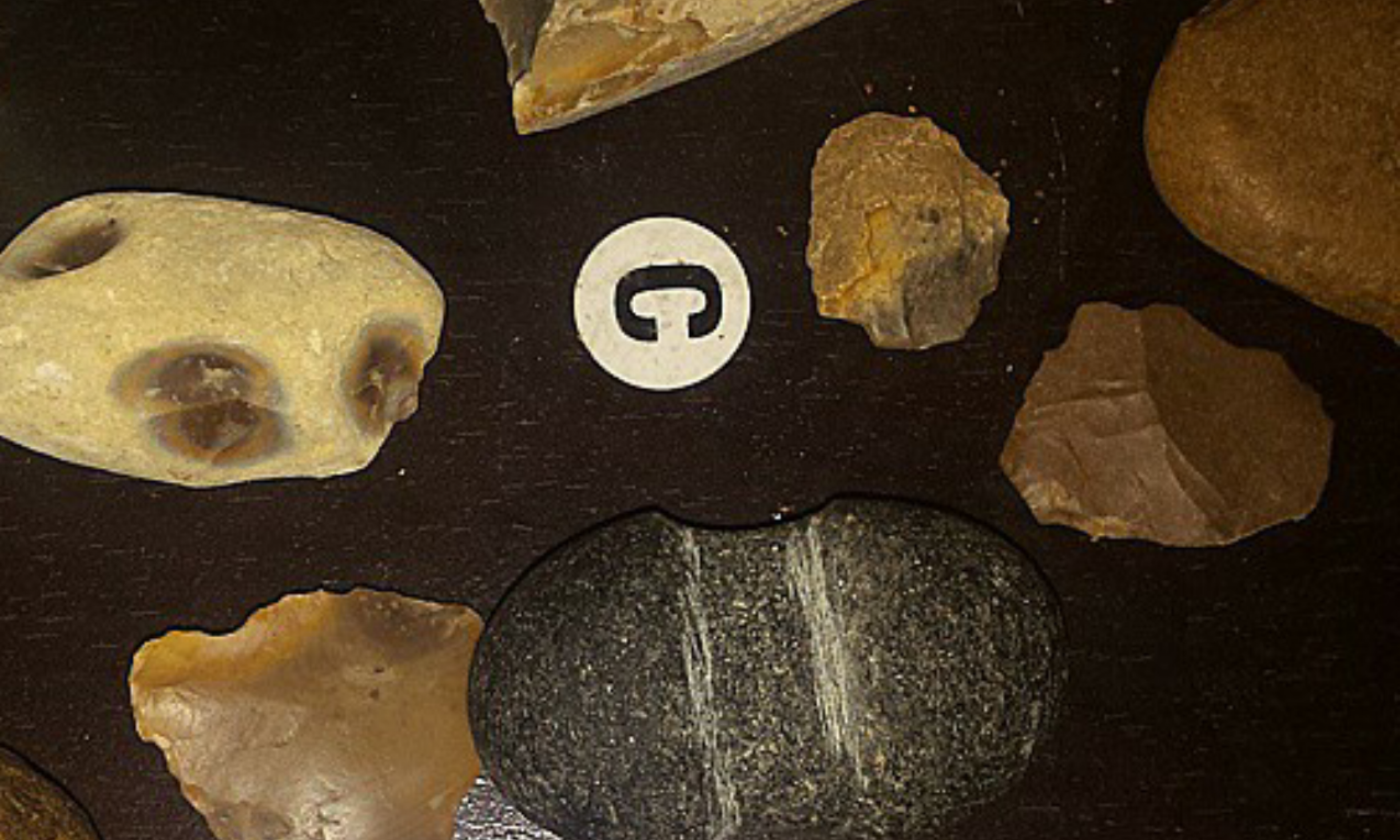Here at The Immersion, we practice the skills of our ancient ancestors. We use these skills to better interact with the landscape and increase our ability to thrive in any scenario. Here is an example of some of the skills we learned this quarter.
Stone Tools
We spent a day down by the Tolt River in Carnation to learn some techniques in making stone tools. We mainly focused on techniques to help us create sharp edges for knives or hatchets.
Practicing these techniques was a ton of fun! It mostly consisted of banging rocks together or throwing one at another. An excellent way to release some tension!
The second half of the day was about hafting the blades to a stick or branch and lashing with thin, flexible vines and branches.
Learning these techniques has some special significance for us because we will need to be able to fashion tools from stone on our survival week at the end of the year in order to build our shelters and fire kits. Without these skills, it will be a very wet and cold go of it.
It was also really great to imagine our distant ancestors fashioning and utilizing tools of stone some millenia ago, as I sat by the river, chipping away on my rock.
Natural Movement
I am a movement nut and have worked professionally as a natural movement trainer for the last 3 years. As you can imagine, the natural movement portion of the curriculum is right up my alley!
The core of The Immersion’s natural movement teachings are called Animal Forms, which are essentially mimicking the movements of animals. We started with a mobility series imitating about 10 different animal movements to open up our joints and warm our bodies up.
Next, we mimicked a handful of different animal walks and crawls, from deer to raccoon, coyote to panther. What a workout!!! Especially the forms that get us down on all fours.
Later in the day, we learned some Earth Gym staff techniques, Brazilian Ju-Jitsu rolling techniques, some basic Tai Chi mobility movements, and some parkour vaults, all in a sample platter type format. It was so cool to experience the breadth of techniques and approaches to natural movement available today.
There was a very visceral connection I experienced when moving my body in these different ways around the landscape. I really found myself connecting with the natural world around me in new ways, and connecting to the animal spirits that I was mimicking.
Aidless Navigation
We did a day on learning how to navigate around a landscape without a map or compass, and definitely not a GPS! One activity we did was to mark our spot on the trail, then head straight out into the brush at a 90-degree angle for 150 paces. Next, we were to turn around and head back. Once back to the trail, we noted how far away we were from our starting point on the trail. Some of us were very close or dead on, others found themselves 50 feet or more away from their starting point. This posed an excellent demonstration of how far off we can get from the direction we think we’re traveling in.
We then discussed different techniques for navigation. Things like using landmarks, creating a trail as you go so you can follow it back, or a really fun technique called Storylines (or Songlines).
This involved creating characters out of distinct landmarks along your path, like a unique tree or log. Then create a story or song about that landmark and how it relates to the next landmark/character. We then had fun splitting up into groups and creating a Storyline for another group so that they could follow a route just by reading the story and following along.
At first, I had some reservations about navigating without modern tools. It’s scary just thinking about it. But after learning the techniques, I feel more comfortable with the idea, should I need to rely on them in a situation without my trusty modern tools. I particularly liked the Storyline technique, it really allowed me to interact with my environment in a new way. Instead of seeing “the forest”, I was able to see interesting and unique characters in colorful and engaging stories.
Many native cultures utilize Storylines to help connect younger generations to their land, and to help them stay oriented.
